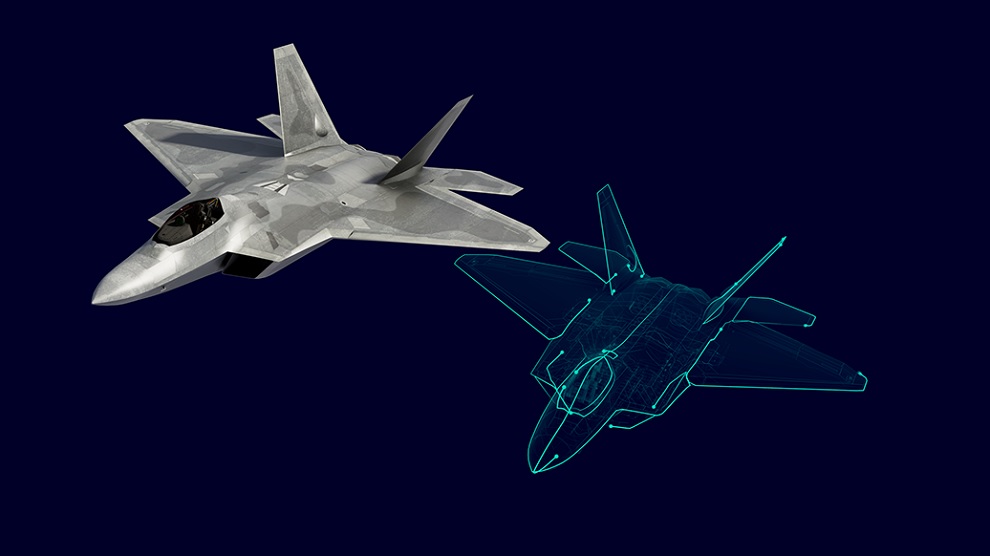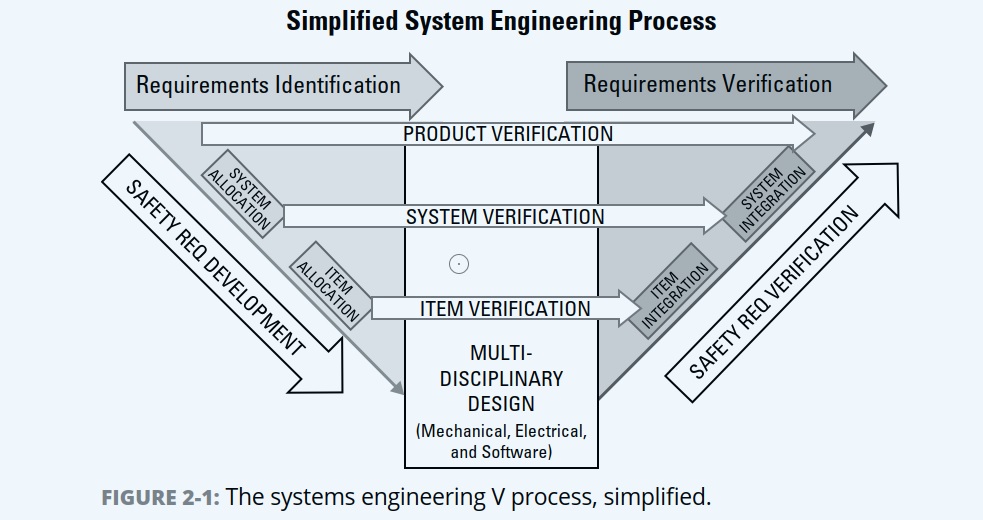MBSE: Reassessing systems engineering – part 2

We are continuing our discussion about model-based systems engineering (MBSE), based on the recently published MBSE for Dummies ebook. This blog concentrates on chapter two of this book, Rethinking Your Systems Engineering Approach.
Aerospace innovations
The aerospace industry is experiencing notable innovations. Its timeline shows the birth of the airplane beginning in the first few years of the 20th century and decades later we saw the development of jet-powered aircraft and rockets soaring into space to reach the moon. Many factors must be considered with such rapid technological innovations that allow thousands of interconnected systems working in concert to defy our previous evolutionary path in aerospace.
Systems engineering is the framework to conduct that development. Today it is the standard in most of these innovative endeavors, along with the use of early implementations of model-based systems engineering (MBSE). However, a growing reliance on software and electronics in aircraft places pressure on these solutions beyond their distinctive capabilities.
Learn more in the eBook.
System engineering process
Complex engineering programs traditionally follow a V-Diagram, with requirements identification on the left-hand side of the V and requirements validation at later stages in the development process (see figure 2-1 diagram).
However, as multi-domain systems emerge, the relationships between mechanics and electronics muddy the requirements for development. So, companies adopt MBSE to harness the complexity by collaboratively combining the mechanical and electrical worlds. But continued innovation has also brought a strong reliance on software in aircraft, which has broken the already fragile document-based approach of years’ past.

Consequently, it is essential during development to possess a digital solution where all systems are accessible in a few clicks rather than through filing information requests. This solution is MBSE, made more powerful using the digital twin and the digital data flows between domains of an aerospace project. Systems engineering workflows take cues from the development world, using software in a highly parallelized development domain. Many practices use an AGILE approach to systems engineering, shifting from a linear timeline to parallel workflows – the final strand-cut in the divergence from the V-Diagram.
Verification process
The three different development verification processes (product verification, system verification and item verification), with iterations required between them, extend project timelines, directly impacting the viability of new products, particularly in aerospace, where overruns contain prohibitive costs. So, detailing the design requirements and decisions within the digital twin as a single source of truth enables teams to work independently but cohesively on large and complex products.
A design change in the electronics systems is designated and evaluated in other domains to ensure it works with the physical requirements or that the device communicates with the onboard software. Subsequently, following the V-Diagram means, every system is created in complete isolation and then inconsistencies are brought to light later in development.
You cannot eradicate inconsistencies within a digital MBSE workflow; however, development covers the initial idea for the product all the way through production and release, available across the entire development timeline. For example, increasing the size of an electronic control unit can initiate a system check to ensure it adheres to the specifications.
So, a comprehensive toolset allows better communication between the domains to build future smart and connected aircraft faster. However, getting to this place requires a standardized methodology like MBSE, built on SysML v2, to facilitate interoperability and robust software tools to address new requirements. MBSE provides the ability to understand these solutions in greater detail, start your journey with the Siemens Special Edition MBSE for Dummies eBook.
We look forward to bringing you future MBSE blogs based on the topics covered in this eBook.
Siemens Digital Industries Software is driving transformation to enable a digital enterprise where engineering, manufacturing and electronics design meet tomorrow. Xcelerator, the comprehensive and integrated portfolio of software and services from Siemens Digital Industries Software, helps companies of all sizes create and leverage a comprehensive digital twin that provides organizations with new insights, opportunities and levels of automation to drive innovation.
For more information on Siemens Digital Industries Software products and services, visit siemens.com/software or follow us on LinkedIn, Twitter, Facebook and Instagram.
Siemens Digital Industries Software – where today meets tomorrow
Related Links:
MBSE: Future of aerospace industry – part 1
MBSE: Reassessing systems engineering – part 2
MBSE: Model-based approach transforms Aerospace & Defense – part 3
MBSE: Advancing system engineering for Aerospace & Defense – part 4


